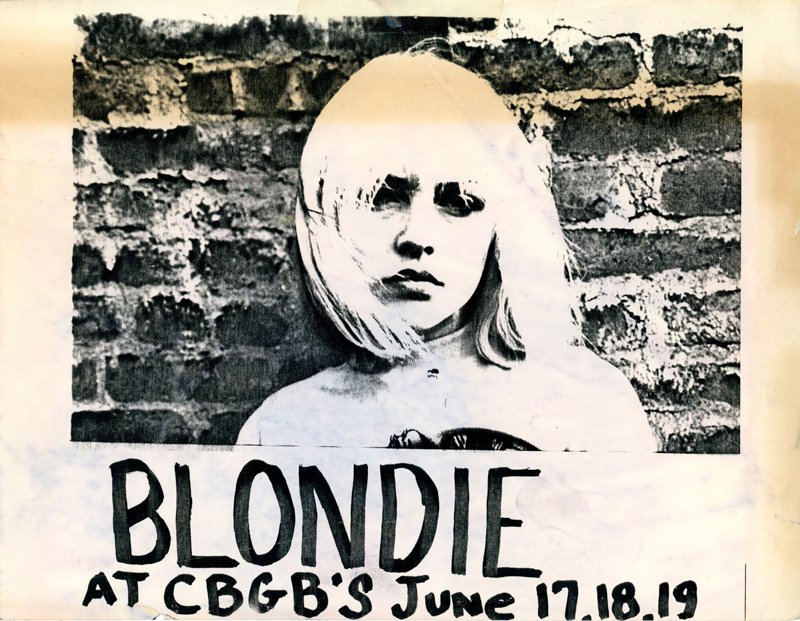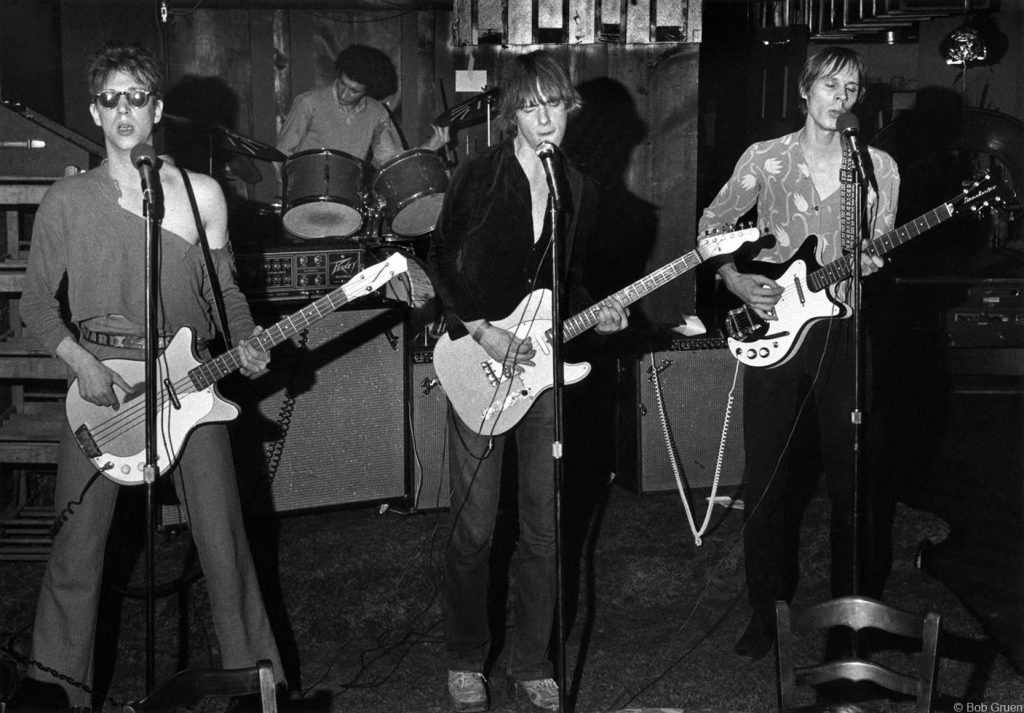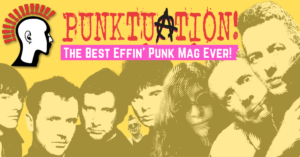CBGB was more than just a music club; it was the birthplace of a revolution that changed rock music forever.
CBGB is a name that is synonymous with punk rock. This legendary music club, located in New York City’s East Village, was the epicenter of the punk rock revolution that shook the world in the 1970s and beyond. CBGB became the breeding ground for a new music genre that defied conventions and challenged the status quo.
The impact of CBGB on punk rock cannot be overstated. It was a place where musicians, artists, and fans came together to celebrate their passion for music, freedom, and individuality. It was a sanctuary for rebels and misfits, a place where creativity could flourish and new ideas could be born. CBGB was more than just a music venue; it was the embodiment of the punk rock spirit.
The birth of punk in New York City
The punk movement can be traced back to the late 1960s and early 1970s in New York City. It was a time of social unrest, political upheaval, and cultural change. The city was experiencing an economic crisis, and the music scene was dominated by the excess of corporate rock. Many young people felt disillusioned, and they were eager for something new, something that would reflect their frustrations and desires.
In this environment, a new music genre was born: punk rock. This raw, aggressive, and rebellious form of rock music emerged from the underground scene, and it quickly gained momentum. Punk rock was characterised by its DIY ethos, its focus on individualism, and its rejection of mainstream values. It was the soundtrack for a generation of misfits and outsiders who were united by their love for music and their desire for change.
The birth of punk rock in New York City can be attributed to a number of factors, including the influence of underground music scenes from other cities, the availability of cheap spaces for artists and musicians to create and perform, and the presence of visionary individuals who recognised the potential of this new genre.
Among these visionaries were Hilly Kristal, the owner of CBGB, and Richard Hell, a musician who would go on to become one of the key figures in punk history.
CBGB was more than just a music venue; it was a catalyst for the punk rock revolution. It provided a space for bands like Blondie, Talking Heads, Patti Smith, and The Ramones to hone their craft and develop their unique sound. The club’s gritty atmosphere and its commitment to showcasing original music helped to create an environment where creativity could thrive.
By fostering a sense of community among musicians, artists, and fans, CBGB played a crucial role in the growth of the punk rock movement. It was a place where people could come together to share ideas, collaborate, and challenge each other to push the boundaries of what was possible in music. In this way, CBGB helped to nurture an entire generation of artists and musicians who would go on to change the world.
As the punk rock movement gained momentum, CBGB became more than just a local phenomenon; it became a symbol of the counterculture and a beacon for rebels and misfits everywhere. The club’s influence extended far beyond the borders of New York City, and it played a critical role in the global spread of punk rock.
The legacy of CBGB and its role in contemporary punk rock
The legacy of CBGB can be seen in the countless bands, artists, and musicians who continue to carry the torch of punk. Even though the club closed its doors in 2006, its spirit lives on in the music and the culture that it helped to shape. Many contemporary punk rock bands, from The Strokes to Against Me!, have cited CBGB as a major influence on their work.

In recent years, there have been efforts to preserve the legacy of CBGB and to continue its mission of supporting original music. The CBGB Music and Film Festival, held annually in New York City, is a celebration of the club’s history and its impact on the music industry. The festival features performances by emerging and established artists, as well as screenings of films and documentaries related to punk rock history and culture.

The punk rock revolution beyond New York City
While CBGB was undoubtedly the epicenter of the punk rock revolution, the movement quickly spread beyond the borders of New York City. Punk rock scenes emerged in cities across the United States, as well as in Europe and beyond. From London and Manchester to Los Angeles and San Francisco, punk rock became a global phenomenon that transcended national boundaries and cultural differences.
The punk rock revolution also inspired a myriad of subgenres and offshoots, from post-punk and new wave to hardcore and emo. These diverse musical styles can be traced back to the pioneering spirit of CBGB and the bands that emerged from its hallowed stage.

The lasting impact of CBGB on the music industry
CBGB’s lasting impact on the music industry can be seen in the countless musicians and bands who have been inspired by its legacy. The club’s commitment to supporting original music and nurturing emerging talent has had a profound effect on the way that music is created, promoted, and consumed.
From the DIY ethos that has become a cornerstone of independent music to the emphasis on authenticity and artistic integrity, the influence of CBGB can be felt in every corner of the music industry. The club’s legacy serves as a reminder of the power of music to bring people together, to challenge the status quo, and to inspire change.
CBGB’s doors closed for good on October 15, 2006, after a prolonged rent dispute with its landlord. The club had been struggling financially for years due to declining attendance and rising rent costs. Many fans of the club and its history were saddened by its closure, and there were attempts to save the venue, including a petition to designate CBGB as a landmark.
Despite its closure, the legacy of CBGB lives on as a symbol of the New York punk movement.
Need more Punk In Your Life?

Album review: Bridge The Gap release ‘Gainsayer’
From Salt Lake City, Utah, Bridge The Gap arrived on the punk scene back in 2023, so you’d think they’re quite a newish band. In

Steve Ignorant, U.K. Subs, Spanish, German and Belgian punk bands rock festival in Leuven
Saturday, 19 April saw the postponed 2024 Breaking Barriers festival in Leuven, Belgium. Two English punk icons ever since the 1970s, Steve Ignorant and UK

Album review: Another Damn Disappointment – ‘Bedlam’
The 90s Epitaph/Fat Wreck skate punk sound has made quite the comeback, and you can add Californian quintet Another Damn Disappointment to the list of

Comeback Kid, London Tufnell Park Dome, 20th April 2025
It’s strange to think that Comeback Kid started out as a mere side project, only to become its members’ main concern after their second record

Six of the Best – 20th April 2025
New Single, EP and Album releases from Tape It Shut – ‘Employee Of The Hour, The Molotovs – ‘More More More’, Gallus – ‘ Cool

Shake Some Acton gig #88, London Hope & Anchor, 18th April 2025
Finally, the Easter weekend has arrived! it’s taken its own sweet time this year, and it probably won’t surprise you that here, at Punktuation Towers,
Callum Wyatt is a Dublin-based music journalist with a passion for punk and a love for uncovering the untold stories of music history. When he’s not writing, you can find him hanging out with his cat, Oscar.




 Did you know that we are 100% DIY? We run our own game. No one dictates to us, and no one drives what we can or cannot put on our pages – and this is how we plan to continue!
Did you know that we are 100% DIY? We run our own game. No one dictates to us, and no one drives what we can or cannot put on our pages – and this is how we plan to continue!
